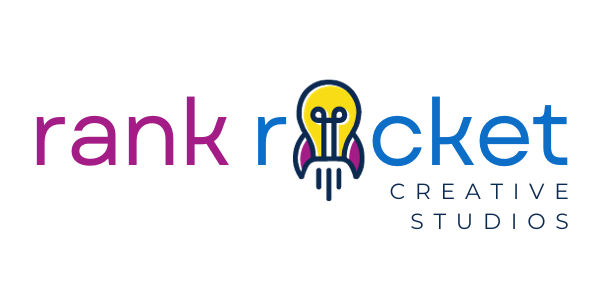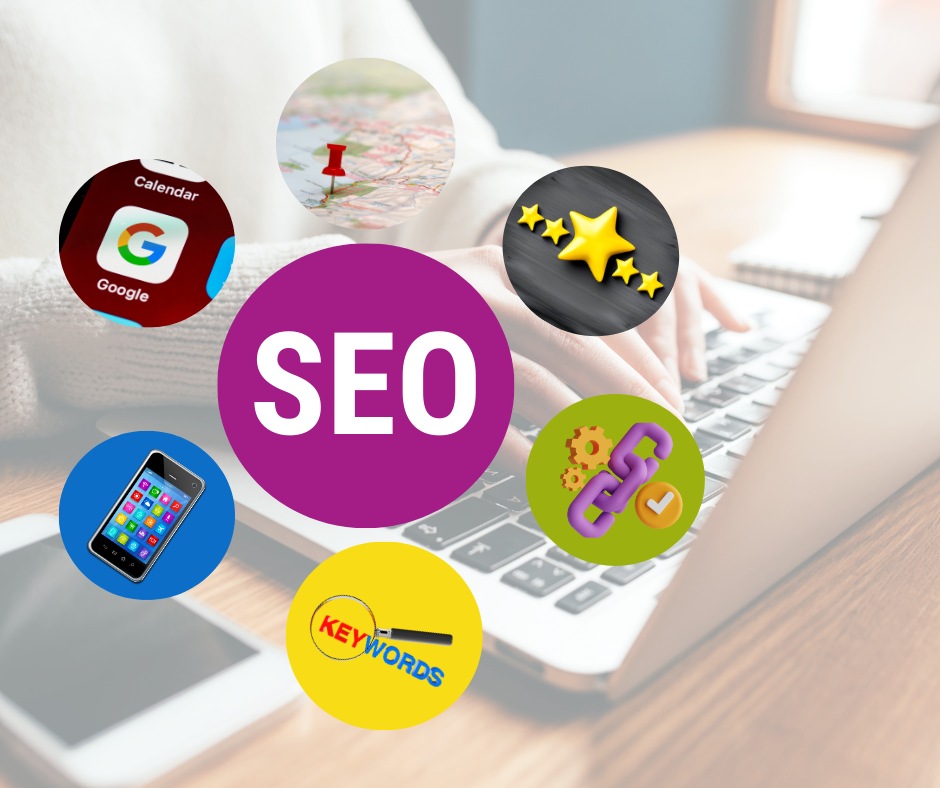Chatbots That Don’t Feel Like Robots: How to Use Conversational Marketing to Connect Better
When you hear “chatbot,” what comes to mind?
Maybe it’s a little pop-up box in the corner of a website. Maybe it’s that digital version of customer service that either saves you time—or drives you crazy.

Here’s the thing: chatbots are no longer futuristic. They’re right now. And when done well, they’re one of the easiest and most impactful ways to connect with potential clients the moment they land on your site.
If you've ever visited Rank Rocket’s website, you’ve met our friendly bot (yep, that’s Amy’s face you see). It’s there to help—not to replace us—but to open the door and say, “Need anything?”
Let’s break down how conversational marketing is changing the way people engage with businesses—and how to make chatbots that sound like you and not like . . . well, robots.
What Is Conversational Marketing, Anyway?
Conversational marketing is exactly what it sounds like: using real-time, two-way communication to guide someone through your website, answer their questions, or help them take the next step.
Instead of filling out a form and waiting for someone to email them back, visitors can have a short, guided exchange—right then and there.
It feels faster, easier, and more human (even when it's automated).
Why Chatbots Work for Small Businesses
You don’t need to be a tech giant to use chatbots effectively. In fact, smaller businesses often benefit more because:
- You're not always available 24/7—but a chatbot is.
- Many site visitors want help, but aren’t ready to call or email.
- You can gather useful info (like what service they’re interested in) before the first call.
And when visitors feel guided instead of left guessing? They’re more likely to stay, explore, and take action.
The Difference Between a Helpful Chatbot and an Annoying One
Here’s the good news: most of the things that make a chatbot annoying are easy to avoid.
✔️ A good chatbot:
- Greets visitors in a warm, friendly tone.
- Offers real help (“Want to book a call?” or “Need pricing info?”).
- Makes it clear that it’s automated—but can connect you to a human if needed.
❌ A frustrating chatbot:
- Pretends it’s a person (don’t EVER do this—it breaks trust).
- Sends too many pop-ups or messages.
- Doesn’t actually answer questions or offer real options.
The goal isn’t to trick people—it’s to guide them.
Real-World Examples That Work
Here are a few simple ways different businesses are using chatbots today:
- Creative agencies use them to pre-qualify leads or book discovery calls.
- E-commerce brands offer instant help with shipping questions or product recommendations.
- Local service providers let visitors request a quote, ask FAQs, or get directions—right from the chat box.
These aren’t hard-sell tactics. They’re simply better, faster ways to be helpful.
Is a Chatbot Right for Your Business?
Ask yourself:
- Do people often leave your website without reaching out?
- Are you answering the same questions repeatedly?
- Would it help if visitors could book a call or ask a question without filling out a long form?
If you said yes to any of those, a simple chatbot could make a big difference.
And the best part? You don’t have to build anything from scratch or write hundreds of replies. You can start small—with a welcoming message, a few helpful options, and room to grow.
Final Thoughts: Think of a Chatbot Like a Digital Front Desk
It doesn’t replace your team. It supports it.
When someone walks into your office, you greet them, offer help, and point them in the right direction. A chatbot can do the same thing—on your website, every hour of the day.
So, if you’ve been thinking, “We probably should look into one of those . . .”, consider this blog as your sign.
And if you want help setting up a chatbot that actually sounds like you? Let’s talk. We’d love to help. Reach out today — “AmyBot” will greet you first, and we’ll be right behind her. 🙂🎯



